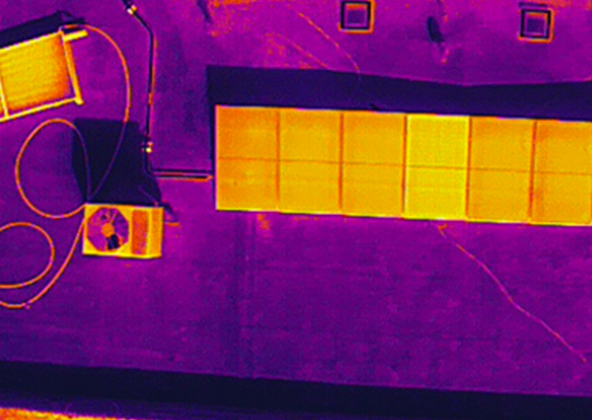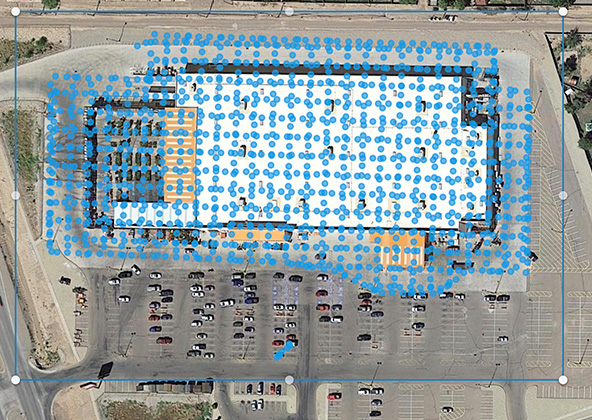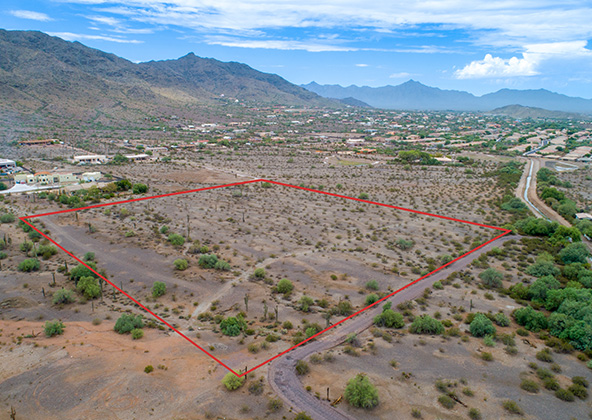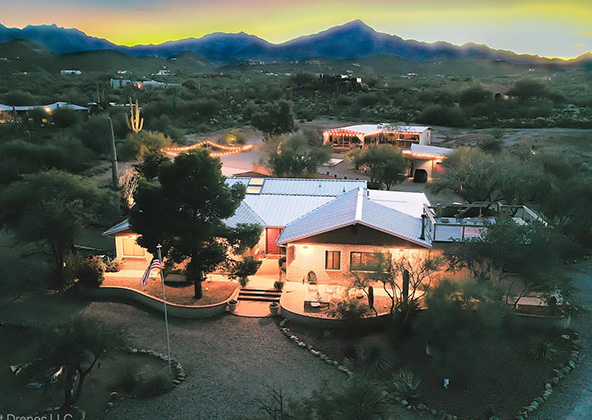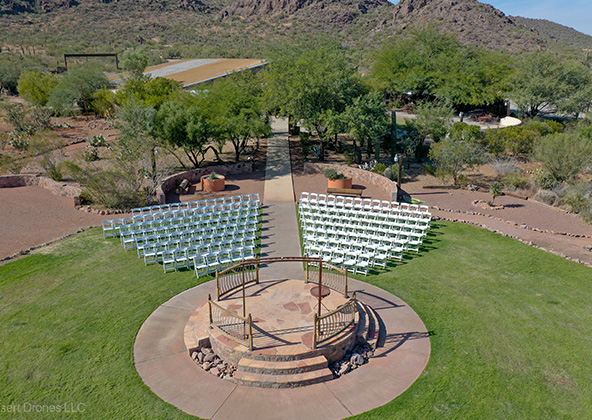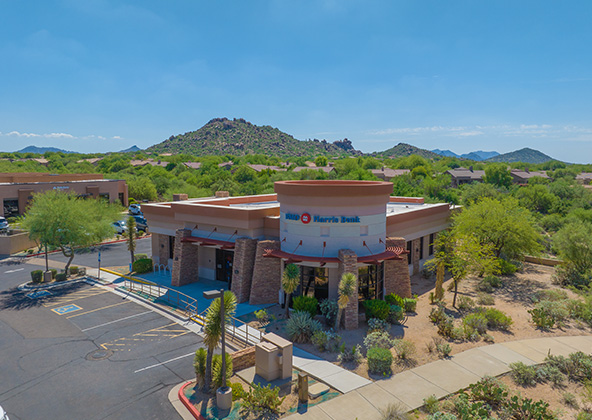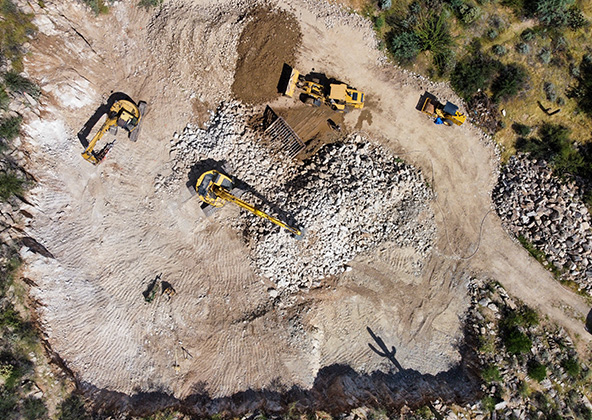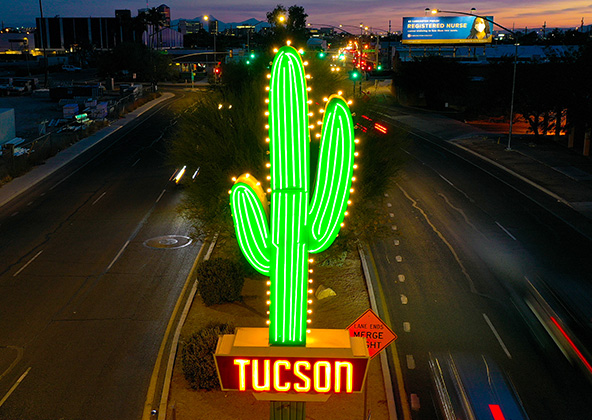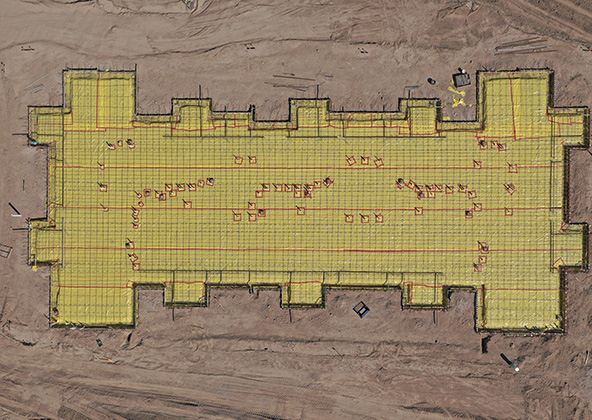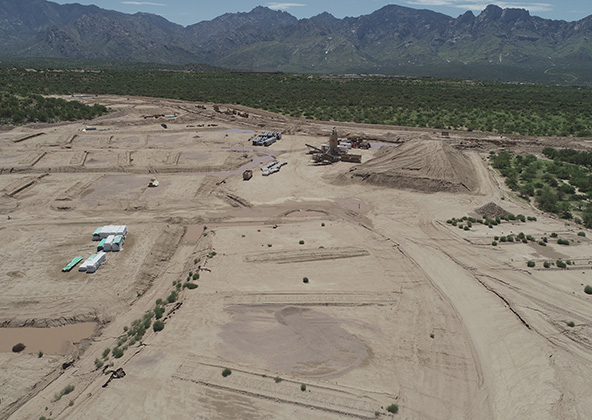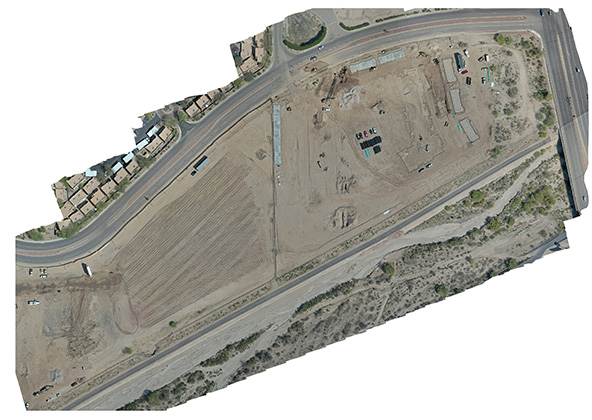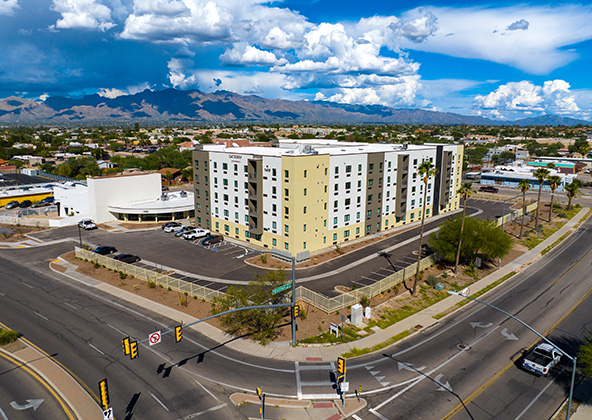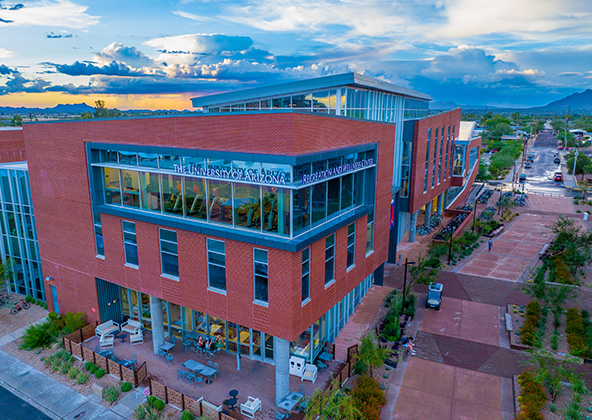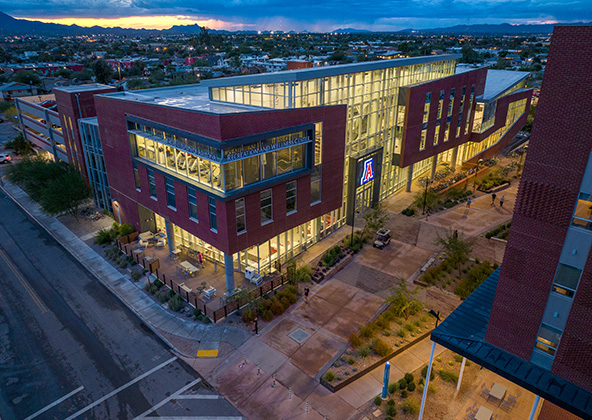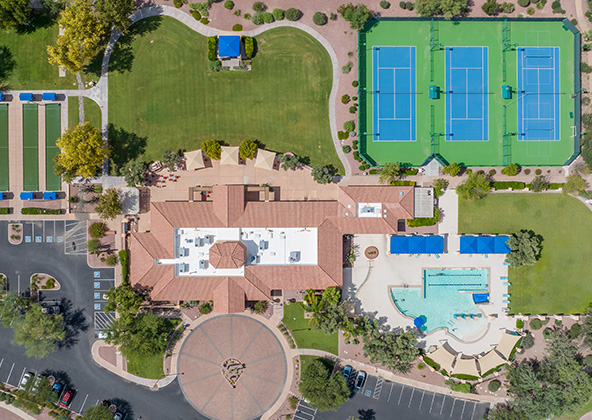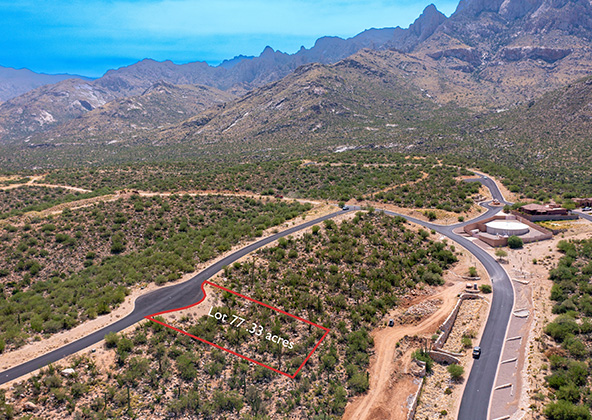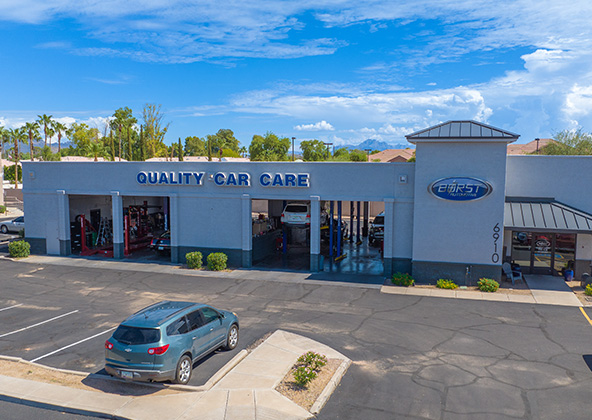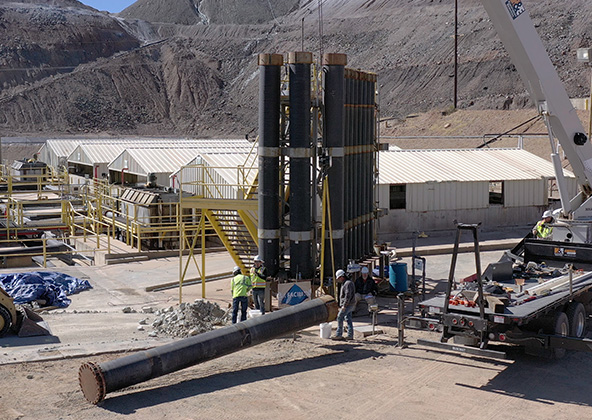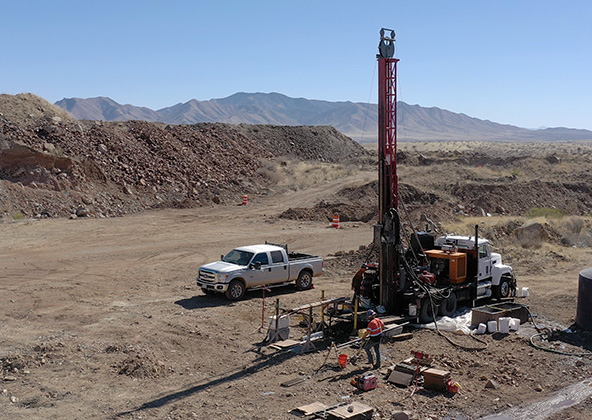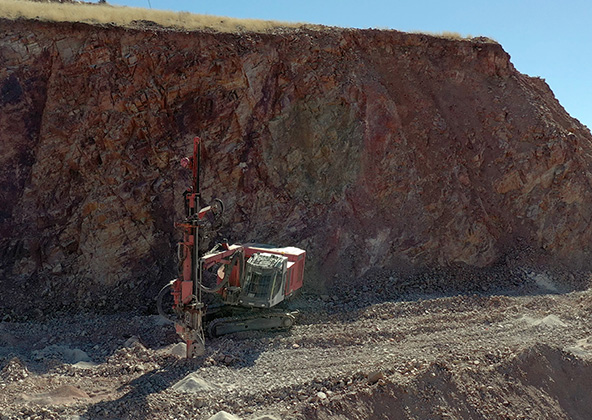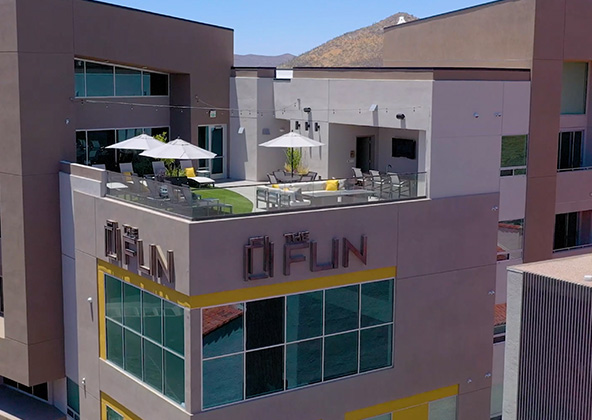Flir Thermal Camera
Thermal Camera Drone Services
Advantages of Thermal Roof Inspections
Roofs are a crucial part of any building. They provide structural support, insulation, and keep out bad weather. But to ensure a roof stays in good condition, it needs to be regularly inspected.
Enter drones. Also known as unmanned aerial vehicles (UAVs), they can detect all types of roof issues with highly accurate radiometric thermal sensors. Whether it’s a warehouse or a school, a thermal roof inspection helps keep big flat commercial rooftops in top condition.
In this article, we’ll go over what thermal drone roof inspections are and list five major benefits to implementing into your facility management.
What are Thermal Drone Roof Inspections?
A thermal drone roof assessment looks for abnormalities and roof problems. However, it also acts as a benchmark survey for routine maintenance. For instance, it can verify that a roof was properly installed or renovated.
Regardless of how old your roof is, a thermal assessment can confirm that nothing is wrong. In just a few minutes, drones with infrared (IR) sensors can scan a huge roof. Then, cutting-edge drone software processes the thermal images to produce detailed thermal maps and models. These give you a precise picture of the state of the roof and any prospective problems that require your attention.
Mitigating Risk
Inspections of traditional roofs are hazardous. They frequently result in accidents and slides from navigating shaky surfaces, as well as falls from scaling large ladders. A roof can occasionally even present concerns of collapse, electrocution, or becoming trapped. In actuality, the rate of work-related deaths among roofers is more than ten times higher than the national rate.
Fortunately, drones dramatically increase the safety of roof inspections. While the drone pilot operates from a secure place, they may cover substantial roofs. They can get all the information required and more without endangering anyone.
By doing regular drone inspections, you reduce the possibility of future roof failures. Early detection of roof problems keeps a building in good condition and the environment safe.
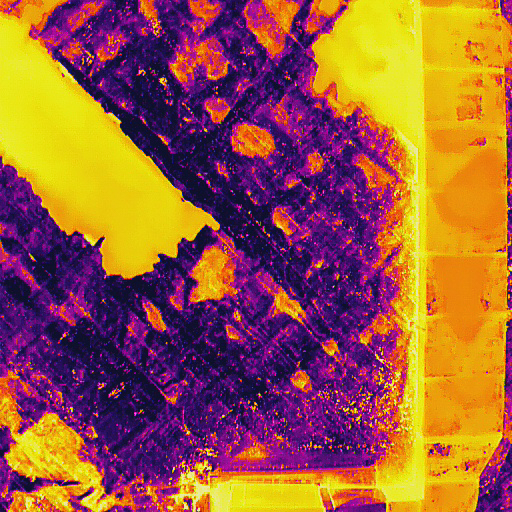
Valuable Data
Manned airplane thermal roof inspections produce less and of lower-quality data. This is due to the fact that they must fly at great altitudes, which produces photos with reduced resolution. And accuracy decreases as resolution decreases.
However, drones can fly considerably closer to the roof in order to take high-resolution thermographic images. Additionally, they can get to places that are more difficult for humans and larger aircraft to visit. As a result, they can generate more useful data for reporting and repairs.
A thermal drone roof inspection can find the following problems, among others:
* Moisture and water leaks. These could result in additional water damage like rot or mold if ignored.
* Areas of cold.
These typically result from roof cracks or gaps where heat is escaping and can waste a significant amount of energy.
* Ponds of water.
Water shouldn’t be accumulating on the roof at all. If you do, it can mean that a drain or gutter is someplace blocked or a low spot.
* Diminishment
Roofing materials will swell and shrink as the weather changes. As a result, the roof may develop fractures and other problems.
* Brittleness.
Roof blisters are air pockets that form in the roof and are typically brought on by heat. This can indicate inadequate airflow or a flaw in the production process.
Drone thermography has the advantage of being very accurate. For starters, infrared data may capture fine features. Drones are much more likely to notice changes over time because they may be programmed to fly rote routes that repeat the same shots from the same angles. This provides an additional level of accuracy that is simply unavailable from conventional checks.
Finally, having more accurate information about the building’s value aids in funding real estate deals as well as preventative maintenance, repairs, record keeping, and other tasks.
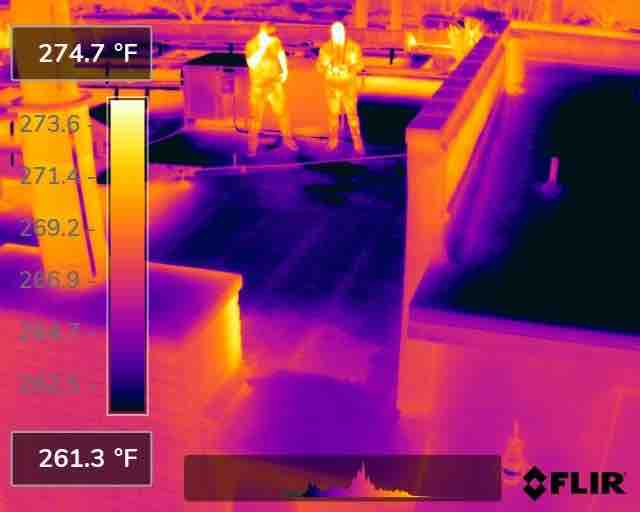
More Efficient and Less Costly
Inspections via drone are quite effective. By avoiding the need to travel, put together, and set up a lot of heavy access equipment like ladders and scaffolding, they shorten inspection times. The actual examination (gathering drone data) usually takes less than one hour. The ability to pre-plan flight routes for autonomous flights contributes to this efficiency. The boundary of a roof can be marked by a drone operator, who can then relax as the drone accomplishes the labor-intensive work.
Naturally, quicker inspections also result in greater cost savings. One benefit is that you don’t need to employ as many people for as many man-hours. With one or two operators, drones complete the task in a fraction of the time. Additionally, it means that you won’t have to worry about insurance as many workers or equipment for liabilities. Plus, hiring out drone equipment is much less expensive than hiring out manned aircraft like helicopters for thousands of dollars per day.
In the long term, you can catch and prevent more roof issues by performing drone inspections more regularly. They are a non-intrusive approach to examine roofs and make the most of your maintenance budget for buildings.

Warranty Claims
The majority of roofs have a warranty. Typically, roofs are covered by a 10- to 25-year manufacturer’s warranty, and installation work is covered for up to two years. They will cover anything from roof leaks to hail and strong wind damage to punctures in the roof, depending on the guarantee. But to find out what it will cover, you need carefully review the warranty’s particular terms.
To get the most out of the warranty, use a drone thermal inspection to find problems that are covered. Waiting too long and allowing roof flaws to worsen increases the chance that the warranty will end before you can use it.
Licensed & Insured
Drones open up new opportunities and generate efficiencies in industries such as mining, oil & gas and other large industrial facilities. They have emerged as incredibly powerful, versatile industrial tools capable of completing a wide range of applications.

Many times roofers aren’t able to access the roof because of unsafe conditions. If they are able to access the roof, they can’t capture a quality image from their cell phone. If you don’t have a quality image, you can’t communicate the need accurately to your customer. High resolution aerial drone photos communicate even the smallest details.

By letting us flying our commercial drone around your property, you can provide future customers a better look at what their investment is for, along with all of the exterior features it provides. Nothing is as stunning as aerial photos and videos.
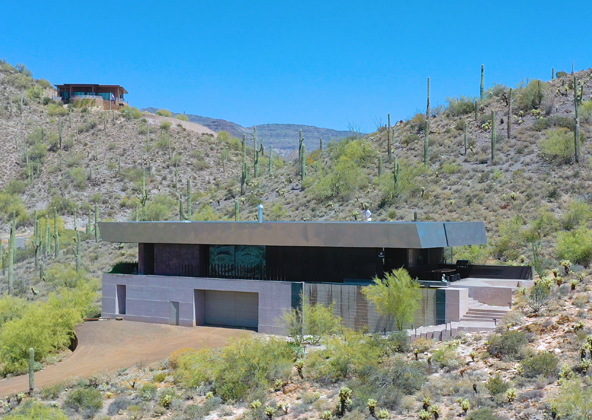


Licensed & Insured
Drones open up new opportunities and generate efficiencies in industries such as mining, oil & gas and other large industrial facilities. They have emerged as incredibly powerful, versatile industrial tools capable of completing a wide range of applications.


By letting us flying our commercial drone around your property, you can provide future customers a better look at what their investment is for, along with all of the exterior features it provides. Nothing is as stunning as aerial photos and videos.

Many times roofers aren’t able to access the roof because of unsafe conditions. If they are able to access the roof, they can’t capture a quality image from their cell phone. If you don’t have a quality image, you can’t communicate the need accurately to your customer. High resolution aerial drone photos communicate even the smallest details.

We Are Always Ready To Help!
Why Do Business With Us

Locally Owned

Loyalty

Integrity



